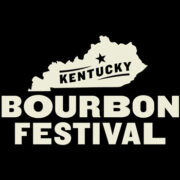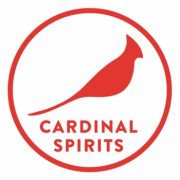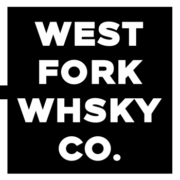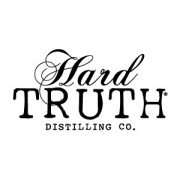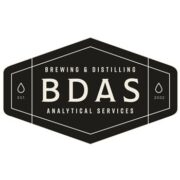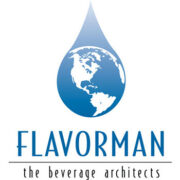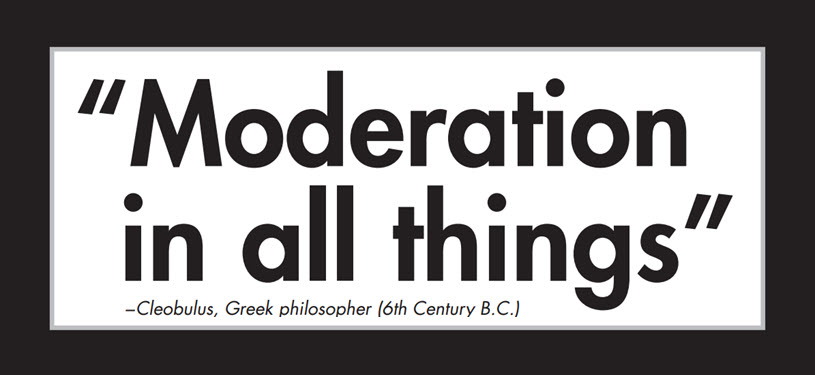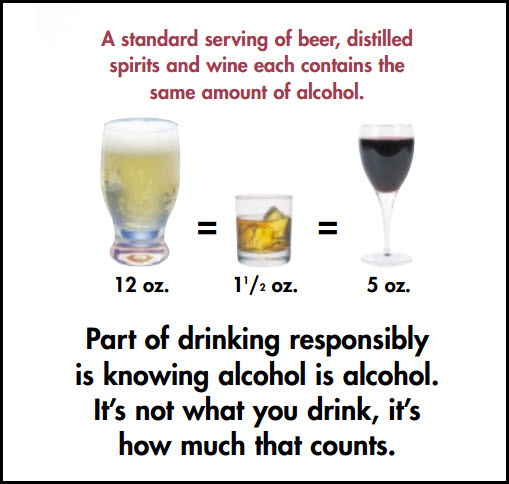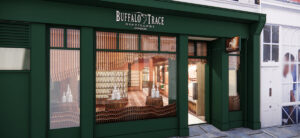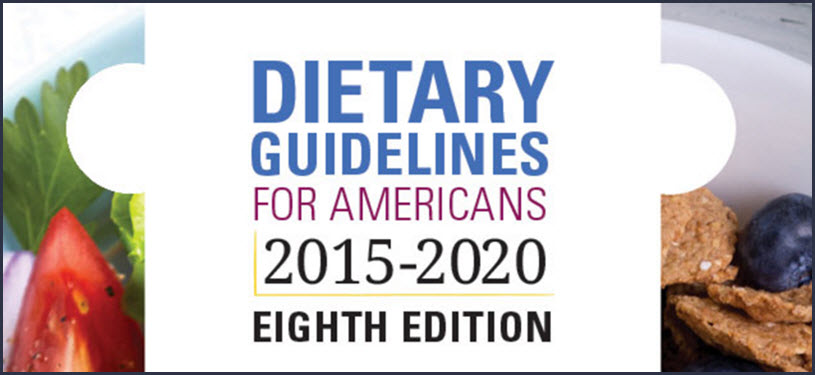
Every 5 years since 1980, a new edition of the Dietary Guidelines for Americans has been published. Its goal is to make recommendations about the components of a healthy and nutritionally adequate diet to help promote health and prevent chronic disease for current and future generations. Although many of its recommendations have remained relatively consistent over time, the Dietary Guidelines has evolved as scientific knowledge has grown. These advancements have provided a greater understanding of, and focus on, the importance of healthy eating patterns as a whole, and how foods and beverages act synergistically to affect health. Therefore, healthy eating patterns is a focus of the 2015-2020 Dietary Guidelines.
The 2015 Dietary Guidelines for Americans just issued emphasize that American adults who choose to drink should do so in moderation; reaffirm the definition of a standard drink for beer, wine and distilled spirits; and adopt the new terminology “drink-equivalents.”
Dr. Sam Zakhari, Distilled Spirits Council Senior Vice President of Science and former Division Director of the National Institute on Alcohol Abuse and Alcoholism stated, “Moderate and responsible beverage alcohol consumption by adults can be part of a healthy lifestyle and diet choice. As with all things, moderation is the key, and the 2015 Dietary Guidelines also make this clear.”
Stay Informed: Sign up here for our Distillery Trail free email newsletter and be the first to get all the latest news, trends, job listings and events in your inbox.
The 2015 Guidelines define moderate drinking for adults of legal drinking age as up to one drink per day for women and two drinks per day for men. According to the Guidelines, if consumed in moderation, alcohol “can help individuals achieve healthy eating patterns.”
A Standard Serving of Beer, Distilled Spirits or Wine
The Guidelines define a standard drink — or a one drink-equivalent — as 1.5 ounces of 80-proof distilled spirits (40% ABV), 5 ounces of wine (12% ABV) and 12 ounces of regular beer (5% ABV). The Guidelines point out that each of these standard drinks contain 14 grams (0.6 fluid ounces) of pure alcohol. See chart below for details.
“In keeping with the longstanding dietary science, the Guidelines reaffirm that a standard drink of beer, wine and distilled spirits each contains the same amount of alcohol,” said Dr. Zakhari. He noted that, as a matter of health and public policy, this important fact is utilized by the public health community, leading federal agencies on alcohol matters, and state education authorities in materials such as driver’s manuals across the United States.
By law, the Dietary Guidelines serve as the basis for federal nutrition policy in the United States. Beverage alcohol, regardless of whether it is a beer, wine or distilled spirits, should be treated equally to ensure that the objectives of these Guidelines are achieved.
The U.S. Departments of Agriculture and Health and Human Services, which jointly released the Guidelines, encourage healthy eating patterns to prevent chronic diseases. The nutrition recommendations serve to provide the American public, policymakers and health professionals with the information they need to make healthy choices in their daily living, including moderate alcohol consumption.
If you are interested in the full 2015 Dietary Guidelines for Americans click here.
Alcoholic Drink-Equivalents(a) of Select Beverages
[table “” not found /]a One alcoholic drink-equivalent is defined as containing 14 grams (0.6 fl oz) of pure alcohol. The following are reference beverages that are one alcoholic drink-equivalent: 12 fluid ounces of regular beer (5% alcohol), 5 fluid ounces of wine (12% alcohol), or 1.5 fluid ounces of 80 proof distilled spirits (40% alcohol). Drink-equivalents are not intended to serve as a standard drink definition for regulatory purposes.
b To calculate drink-equivalents, multiply the volume in ounces by the alcohol content in percent and divide by 0.6 ounces of alcohol per drink-equivalent. For example: 16 fl oz beer at 5% alcohol: (16 fl oz)(0.05)/0.6 fl oz = 1.3 drink-equivalents.
c Light beer represents a substantial proportion of alcoholic beverages consumed in the United States. Light beer is approximately 4.2% alcohol or 0.8 alcoholic drink-equivalents in 12 fluid ounces.
d Depending on factors, such as the type of spirits and the recipe, one mixed drink can contain a variable number of drink-equivalents.

